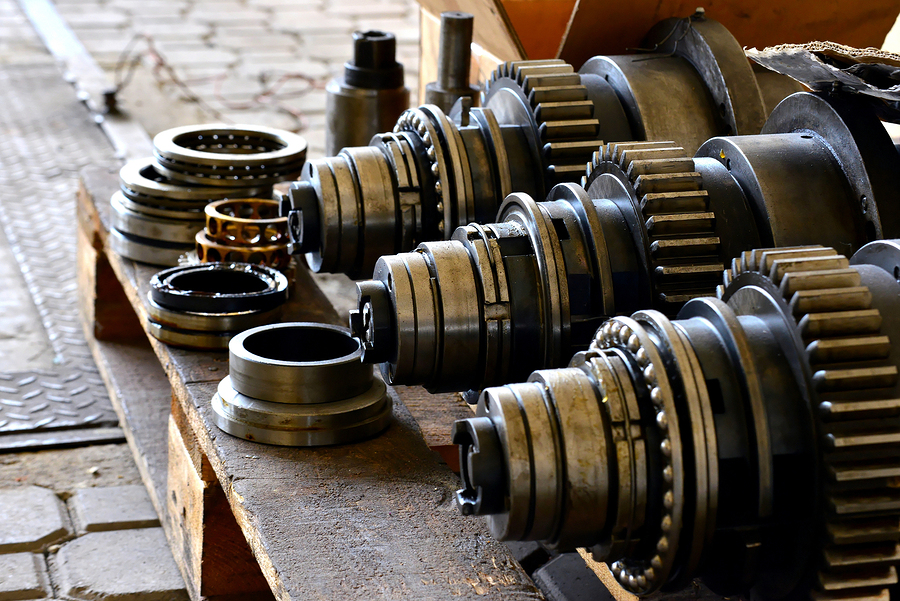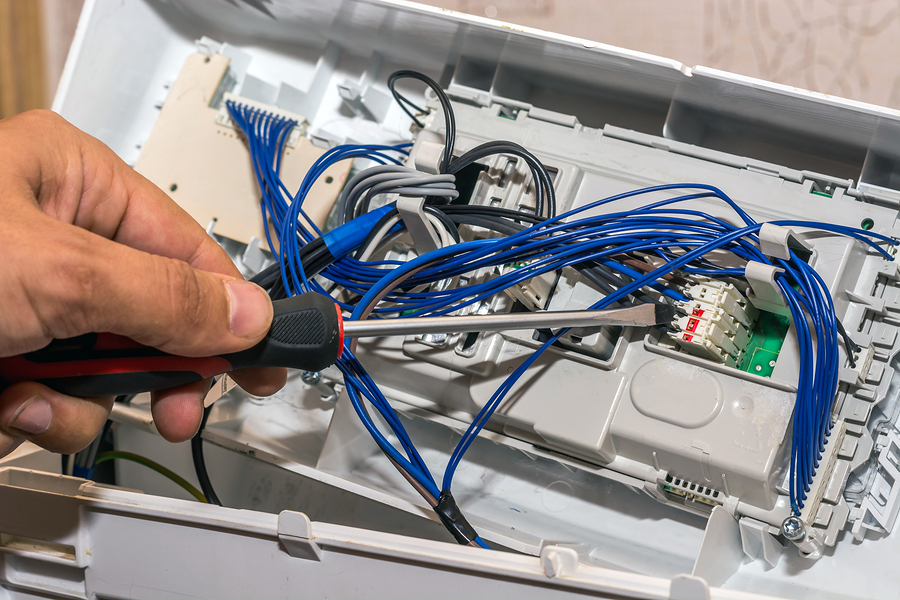Machine repairs can cause costly and unnecessary delays if your maintenance crew doesn’t stay prepared. With preventative measures, however, they can keep your machines up and running for a long time. Of course, some repairs are inevitable. Age and regular use will naturally cause certain machine parts to wear down over time. But if your mechanics spot issues early and have a plan in place for repair needs, your machines will be up and running again without slowing down production enough to hurt your company.
🛠 Four common reasons for machine repair
You’ll find some of the most common machine repair needs you should watch for below.
1. Overheating machinery — Machines can overheat for many different reasons, but the most common is lack of lubrication. If you’re in charge of your machine maintenance crew, try to keep a regular cleaning and lubrication schedule to prevent overheating.
If your team already lubricates your machines regularly but you still notice overheating, check to see if a leak is causing the lubricants to leave the machine too quickly.
If you don’t notice a leak, a misalignment may be the culprit. When machinery overheats, it can be dangerous to those who work near it, so it’s important to regularly inspect machinery to check for these issues.
2. Rust and corrosion — Rust is another common problem machine maintenance crews face. If this rust goes unnoticed, it can corrode machines and cause problems over time. While certain machine parts will always be on a regular replacement schedule, rust and corrosion speed up that process and cost you more money than necessary.
When your crew performs regular machine inspections, check carefully for rust, especially during humid or rainy months. You should also make sure your manufacturing space stays clean and dry. If your building has any leaks, have your facility maintenance crew seal them to prevent the excess moisture from corroding your machinery.
3. Worn belts — Belts and pulleys take on the brunt of machine work. Over time, belts can crack or lose flexibility, making your machines run poorly. Common issues that can speed up belt failure include contamination, overheating, and misalignment. These are all issues your machine maintenance team can resolve if they catch the problems early on, so be sure they thoroughly inspect your machines’ belts and pulleys frequently.
4. Pump and valve issues — For hydraulic systems, pumps and valves commonly cause issues if not properly maintained. Frustratingly, any number of problems could be causing pump or valve issues. Air or water can leak into systems, and oil can leak out. Valves and pumps also fail due to improper cleaning. In addition, if the pumps themselves aren’t high-quality, you may have to replace them altogether. Be sure to include pumps and valves in your regular cleaning and inspection schedules, and keep in mind that issues may require some troubleshooting before your maintenance crew reaches the problem source.

🛡 Preventing machine failure
The most vital thing you can do for your machines is have a regular inspection, cleaning, and lubrication schedule. You can prevent many machine issues by keeping up with this system. Inspect your machinery often with smaller inspections in between the major checks if possible or necessary. In addition, be sure to use quality maintenance tools, replacement parts, and other materials when you work with your machines. You’ll also be able to prevent the issues that come from cheap oils or other poor-quality lubricants by choosing the fluids your machine manufacturers suggest.
Machinery issues like overheating, rust, worn belts, as well as pump and valve problems can lead to slowed production and even major losses for your company. With regular inspections and proper maintenance, however, your crew can stay on top of these common machine repairs and prolong the lives of your machine parts.
